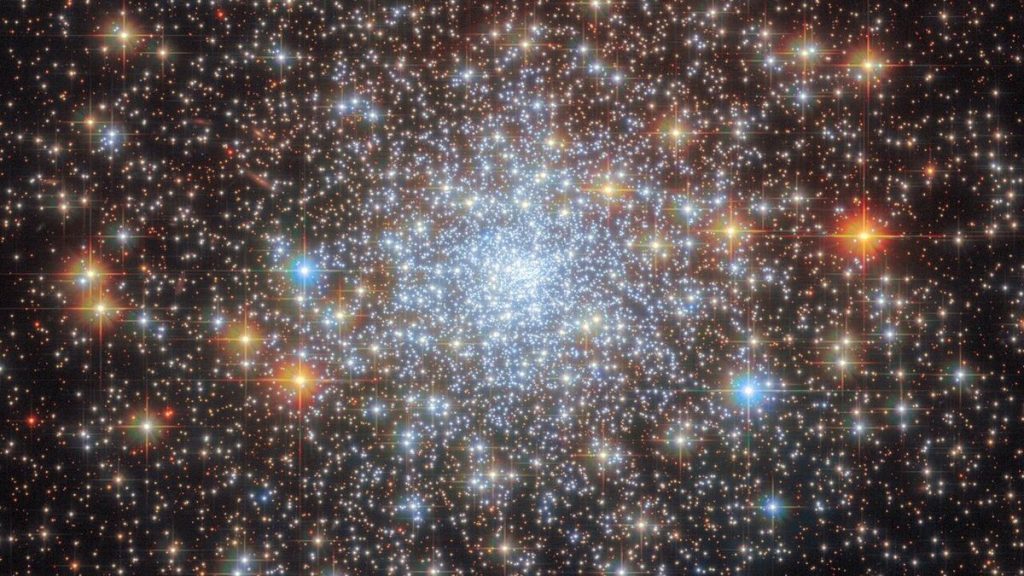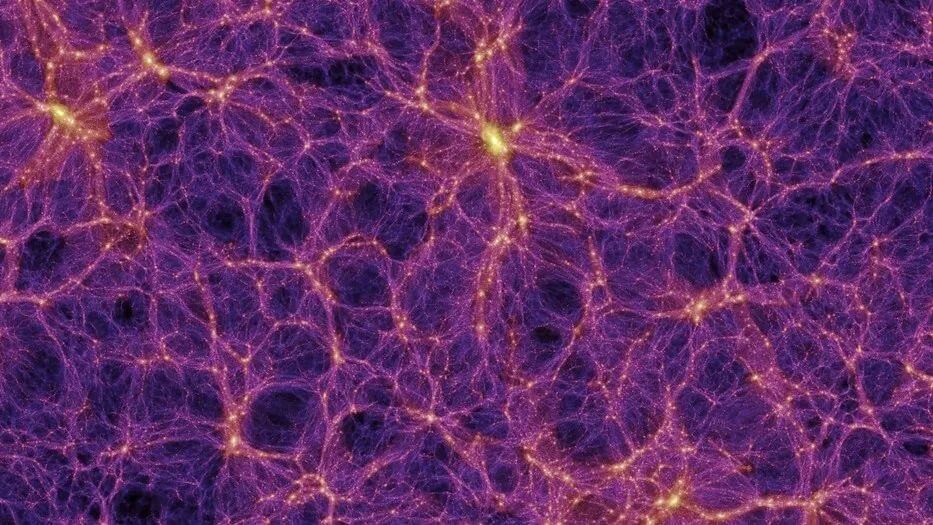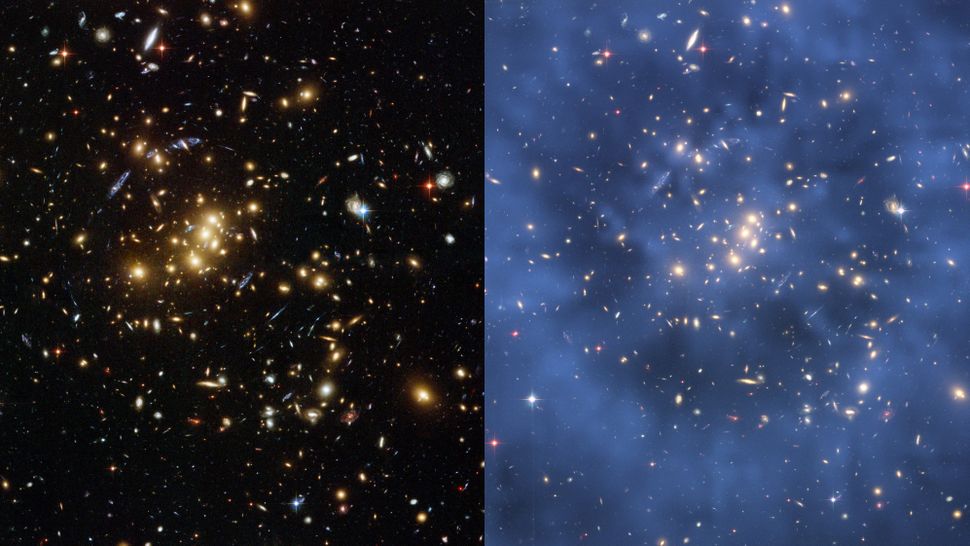
The biggest galaxies live in our universe’s supercluster ‘cities’ (Image Credit: Space.com)
If we took a scenic drive through every era of astronomy, we’d start somewhere among ancient humans wondering why there are stationary fireflies stuck in the sky. We’d travel through libraries with scrolls about how those fireflies are, in reality, siblings to our giant yellow sun, and then through rooms with books about how our entire world is somehow orbiting that sun.
Eventually, we’d wind up watching scientists discover the force of gravity being dependent on the fabric of spacetime, obtaining images of iridescent galaxies other than the Milky Way and calculating the strict limits of supermassive black holes.
But just as we begin approaching our exit into the present day, I think we’d start observing something pretty interesting. We’d start to see the growing bond between astronomer and machine enabling us to open cosmic doors more quickly. Aritra Ghosh, a postdoctoral fellow at the University of Washington, is one of those astronomers.
Ghosh recently, for instance, managed to confirm that galaxies in denser regions of the universe can be as much as 25% larger than galaxies with a similar mass and shape in less dense regions. “Size” in this case refers to a galaxy’s radius that contains 50% of its total light emission. This is a fine result in itself, but importantly, it’s key to highlight how it was achieved: by using machine learning to study more individual galaxies than the human body could possibly analyze in one lifetime. To be precise, there were 2,894,716 galaxies in the dataset.
“Over the last decade, many astronomers, like me, have conducted painstaking studies to develop trust in machine learning, showing that it can replicate traditional techniques,” Ghosh told Space.com. “Finally, we can start leveraging these techniques to tease out new scientific results.”
This massive galaxy sample set, in fact, came from an even more massive set that Ghosh managed to obtain with the help of machine learning. That original set, achieved with a surveying tool called GaMPEN, encompassed data surrounding 7,805,186 galaxies — the smaller subset for this new study was selected based on where the galaxies are in the sky. In a single millisecond, GaMPEN can determine the structure of a galaxy based on a parameter the user chooses; Ghosh and fellow researchers used a parameter that revealed what fraction of light comes from a galaxy’s outer disk when compared to its central bulge.
“I wanted to demonstrate to the broader community how machine learning and large imaging datasets can be combined to make progress on long-standing questions in astrophysics,” Ghosh said.
Then, of those nearly 8 million subjects, Ghosh pulled out those in areas where he knew the universe’s density via previous calculations. In the work, “dense” environments encapsulated many things, including areas where you’d find superclusters of galaxies. Those are giant conglomerations of many galaxy clusters (one galaxy cluster can contain up to 1,000 individual galaxies!) typically located in the threads of the cosmic web permeating our entire universe. You can think of them as the universe’s downtown hotspots.
“Our collaborators in Japan, led by Rhythm Shimakawa, measured environmental densities,” Ghosh said. “They used a non-ML computer algorithm to place circles with radii of 30 million light-years in different portions of the sky and count the number of galaxies within each circle — circles in denser regions have a higher-than-average count.”
Once the subset was identified, Ghosh and his team began looking at correlations between galactic size and environment.
Because the mass of a galaxy is strongly related to its size and its environment — for instance, more massive galaxies are expected to be larger and live in denser environments — the team compared the sizes of galaxies with the same mass in different environments. “Since massive galaxies are rare,” Ghosh explained, “we collaborated with theoretical astrophysicists to develop a new metric for the correlation analysis.”
Plus, not only is this the largest catalog ever used for a study about galactic size and environment — and, Ghosh speculates, most likely in the top five for any astrophysical study — but it also sports an error correction mechanism Ghosh says was more or less absent in previous similar studies, thanks in part to the machine learning component.
Speaking of those previous studies, the result that larger galaxies are more into supercluster cities than rural cosmic towns was a bit of a surprise — despite it sounding relatively intuitive. As Ghosh explains, many scientists who have studied the ins and outs of galaxies in clusters believed that strong dynamical forces within those clusters would gradually strip matter away from a galaxy, thus making it smaller in size.
But the team saw larger galaxies in dense, supercluster environments. Weird.

“We tested our correlation algorithm over smaller subsets first,” Ghosh said. “The ‘Aha!’ moment was when we performed the analysis on the entire sample of 3 million galaxies for the first time, and noticed the strong positive correlation.”
As to why this might be? Well, there are some possibilities. One has to do with the kind of “matter” suggested to get stripped off galaxies in dense areas of the universe — normal matter made up of standard protons, neutrons and electrons. This raises the question: What about dark matter? Perhaps this invisible substance has a role to play in keeping galaxies larger. It wouldn’t be a terribly far-fetched idea, seeing as scientists have shown that most large galaxies live within a halo of dark matter, including our own Milky Way.

“Our work shows that when you average over many, many clusters, dark matter becomes the primary driving force, reversing the trend seen in individual clusters,” Ghosh said.
However, it is also possible that galaxies in denser environments happen to be larger when they first form; still further, there’s a chance dense environments increase the probability and ease of galactic mergers.
“An interesting follow-up work would be to check how this result changes when you change the radius of the circle within which you are measuring densities,” Ghosh said. “What if you use a radius of 1 million light-years instead of 30? This will tell us how physics at different scales of the universe affects galaxies differently.”
In the meantime, the team has its eyes set on the upcoming Rubin Observatory, slated to see its first light of the cosmos in early 2025, and the massive datasets it is designed to produce.
“My current fellowship is focused on the Rubin Observatory, Ghosh said, “which will observe 20 billion galaxies over its lifetime.”
And, even if Rubin somehow manages to find some extra puzzle pieces under the couch rather than put a few on the table together, there’s still a concrete success to Ghosh’s study. It’s evidence that machines can be trusted with questions about the universe we brought them into.
The study was published on Aug. 14 in The Astrophysical Journal.





